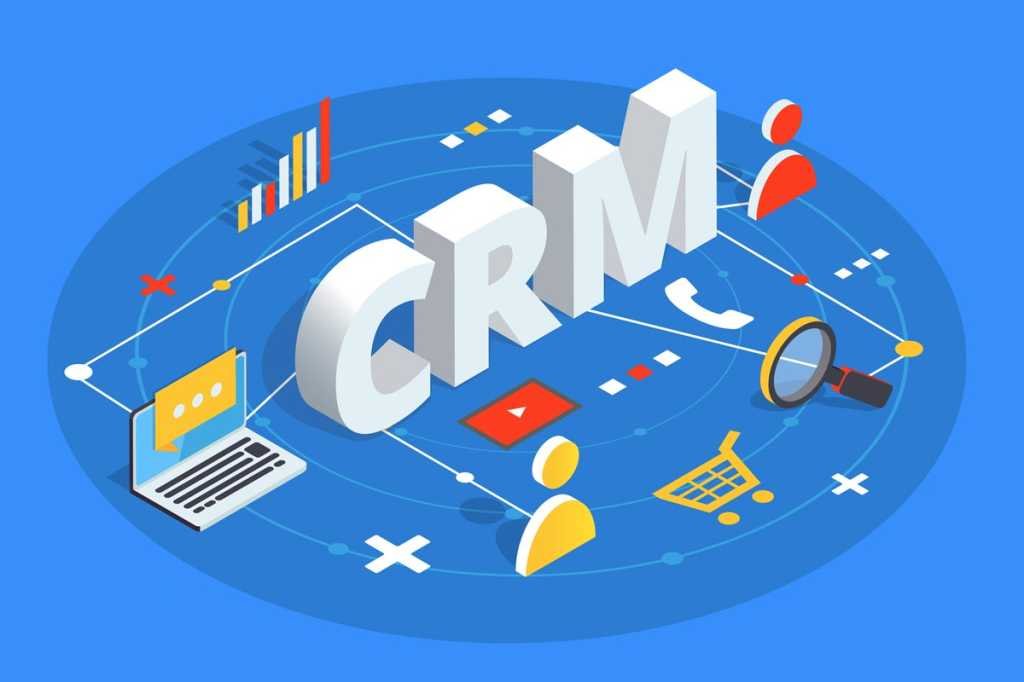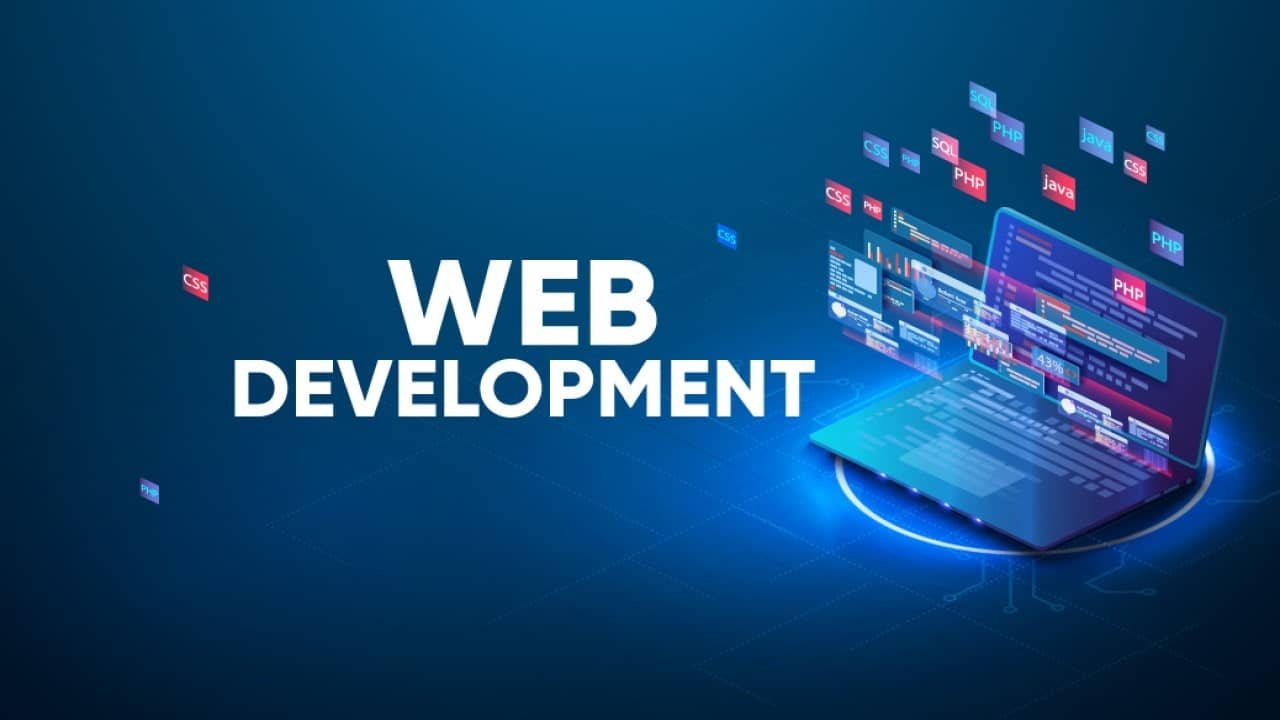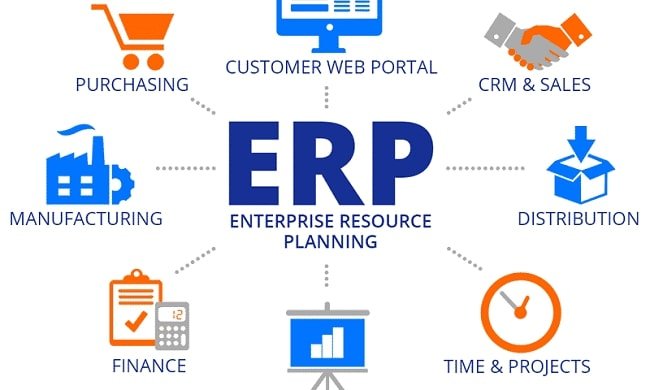 Commercial
Commercial
Website development
Website design and development is the process of creating and building websites from scratch or improving existing ones. It involves a combination of creative design and technical skills to craft visually appealing, functional, and user-friendly websites that meet the needs of businesses, organizations, or individuals.
Website design and development is a collaborative process that involves designers, front-end developers, back-end developers, content creators, and sometimes marketers. Each role contributes to creating a successful website that meets the client's objectives and provides a positive user experience for visitors. As technology and design trends continue to evolve, web professionals must stay updated and adapt their skills to meet the changing demands of the industry.
Creating a website design and development is an excellent way to share your expertise, tips, and insights with others in the industry. Here are some blog post ideas to help you get started:
-
"7 Essential Principles of Effective Web Design": Discuss fundamental design principles like balance, contrast, color, typography, and usability that contribute to a successful website.
-
"The Web Development Process: From Idea to Launch": Explain the step-by-step process of designing and developing a website, including planning, wireframing, coding, and deployment.
-
"Mastering HTML and CSS: A Beginner's Guide": Provide tutorials and examples for beginners to learn the basics of HTML and CSS and how they work together to create web pages.
-
"Best Practices for Responsive Web Design": Share techniques and tools to create websites that adapt to different screen sizes and devices.
-
"Choosing the Right Front-end Framework: React vs. Angular vs. Vue.js": Compare popular front-end frameworks to help readers decide which one aligns with their projects.
-
"Behind the Scenes: Exploring the Backend Development Process": Shed light on server-side technologies and how they power websites and web applications.
-
"User Experience (UX) Design: Tips for Creating Intuitive Interfaces": Offer insights into UX design strategies to improve user satisfaction and engagement.
-
"Web Accessibility: Designing for All Users": Emphasize the importance of making websites accessible to people with disabilities and share practical accessibility tips.
-
"Top Tools and Software for Web Developers": Review and recommend tools, IDEs, and software that can boost productivity and efficiency in the development process.
-
"Web Performance Optimization: Speeding Up Your Website": Provide tips and techniques to optimize website loading times and improve overall performance.
-
"Designing Effective Call-to-Action (CTA) Buttons": Discuss the art of crafting compelling CTA buttons that drive user engagement and conversions.
-
"Security Best Practices for Web Developers": Highlight common security vulnerabilities and suggest strategies to safeguard websites against cyber threats.
-
"Creating Seamless Navigation: Best Practices for Menu Design": Share tips for designing user-friendly and intuitive navigation menus.
-
"The Impact of Color Psychology in Web Design": Explore the psychological impact of colors on user behavior and emotions and how to use them strategically in design.
-
"Web Design Trends for [Year]: What's In and What's Out": Predict and analyze the latest design trends to stay ahead of the curve.
-
"Debugging Tips for Web Developers": Offer troubleshooting techniques and tools to identify and fix coding issues effectively.
-
"Optimizing Websites for Voice Search: A New Frontier": Discuss the rising trend of voice search and how to optimize websites to cater to voice-enabled devices.
-
"Web Design Case Studies: Lessons from Successful Projects": Analyze real-life web design projects and extract valuable insights from their successes and challenges.
-
"Building Scalable and Maintainable Web Applications": Share strategies and architecture patterns for creating scalable and maintainable web applications.
-
"Web Design Mistakes to Avoid: Lessons Learned from Failures": Explore common web design pitfalls and how to avoid them for better user experiences.




